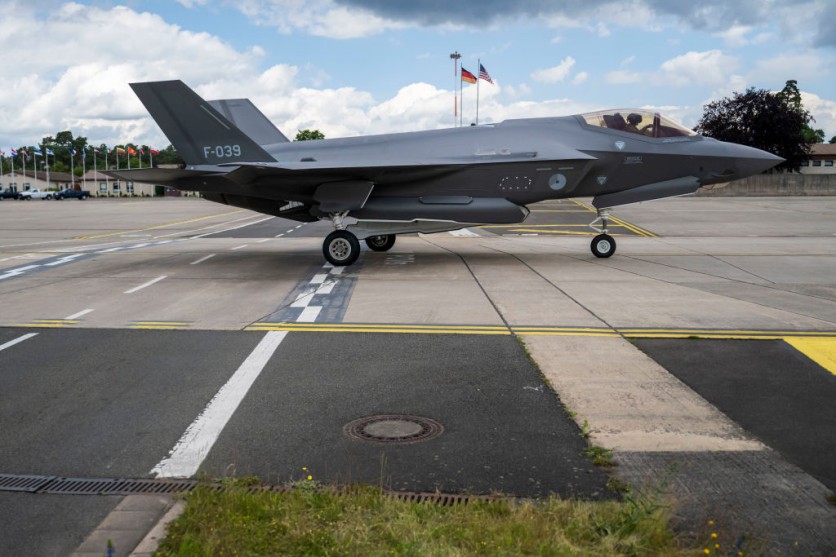A Chinese information security specialist says leaked F-35 and other US weapon technical data are legitimate.
Ivan Ivanov, posing as Fighterbomber on Telegram, claimed to be a Russian pilot who got 250 GB of US military data from an American corporation. Fighterbomber released documents to their over 500,000-subscriber channel on July 2, and more the following day. Some papers are still downloadable.
An SCMP reported cited Tang, head of marketing of Rising Information Technology, saying that they downloaded and examined the leaked documents and found that much of its information "appears to be highly authentic."
What Does The Leaked US Military Information Contain?
Leaked documents included manuals for the F-35 fighter, F-15, and F-15 upgrades, the Switchblade drone, and precision-guided weapons. Tang noted that the leaked documents are "detailed" and with a format resembling other leaked US military information before.
The disclosures, according to Chinese aviation blogger Makayev, were classified as F-15SA flying and maintenance documents, engine maintenance manuals, and precision-guided missile user manuals. He saw the publications as reduced introductions for maintenance staff rather than thorough design documentation, and he disputed their utility.
After the revelations, military fans joked about creating a fighter plane in a garage. The Russian pilot's claim to 250 GB of data has raised concerns that further papers may expose aircraft flaws.
Tang suspected a US military company or third-party intrusions were behind the releases. The partial blackout of some F-35 papers suggested declassification. He highlighted that older F-15s are less secretive.
Rising Information Technology cautioned against downloading questionable documents since hackers may utilize popular events to propagate ransomware or Trojans, per Interesting Engineering.
Flight Global reported that a gaming community posted restricted US military aircraft information in January. If true, the leak might divulge trade secrets and expose the US's weakness to foes, threatening its military capabilities.

US OKs $140 Billion ICBM Program
In other news, despite cost overruns and schedule delays, the U.S. Department of Defense declared that it will proceed with the $140 billion Sentinel intercontinental ballistic missile (ICBM) program, per SpaceNews.
After a thorough examination sparked by a key Nunn-McCurdy breach earlier this year, Undersecretary of Defense for Acquisitions William LaPlante certified that the Sentinel program fulfilled statutory requirements to continue. Over 25% of program expenses exceeded baseline forecasts, causing the breach.
The U.S. nuclear triad relies on Minuteman III ICBMs, which the Sentinel program will replace. Estimates place program acquisition expenditures at $140.9 billion.
Lawmakers have criticized the Northrop Grumman-led program for rising costs. From $118 million to $162 million, the cost per unit has increased by 37%. The planned 10-year program cost rose from $96 billion to $120 billion before the recent modification to $140 billion.
US Defense Department officials say replacing Minuteman III ICBMs with Sentinel is necessary to retain the land-based nuclear triad. The program may not be operational until the early 2030s.
The assessment found command and launch to be the main cost drivers. This component covers launch facilities, launch centers, and Minuteman III-to-Sentinel conversions.
The US Air Force's requirement for design revisions, underestimating the complexity of infrastructure work, economic issues, and longer lead times for missile guidance system components further boosted expenses.
Read also: Chinese Scientists Build Radar Capable of Tracking 10 Hypersonic Missiles: What Else Can It Do?





